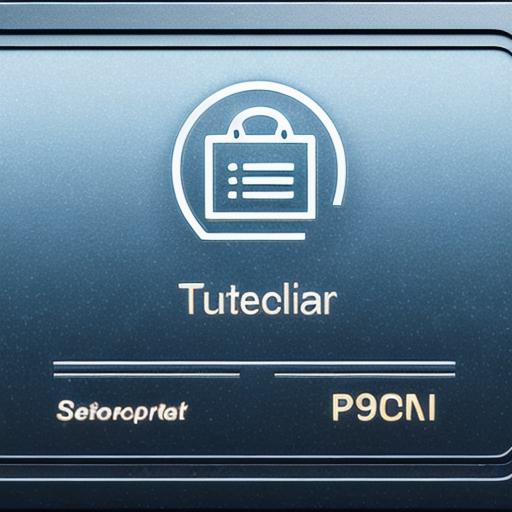Unlocking the Future: Understanding Web3 Authentication

Web3 technology is revolutionizing the way we interact with digital assets and decentralized systems. One of the key components of Web3 is authentication, which allows users to securely and easily verify their identities and access various applications and services. In this article, we will explore the various aspects of Web3 authentication and how it can help unlock the full potential of these technologies.
What is Web3 Authentication?
Web3 authentication refers to the process of verifying a user’s identity and granting them access to various decentralized systems and applications. Unlike traditional authentication methods, which rely on centralized authorities to verify identities, Web3 authentication relies on decentralized networks and protocols to validate user identities.
One of the main advantages of Web3 authentication is that it allows users to retain full control over their digital assets and identities. This means that they can choose who has access to their data and how it is used, without relying on a central authority to manage their identities.
Types of Web3 Authentication
There are several different types of Web3 authentication, including:
- Public Key Infrastructure (PKI) Authentication: PKI authentication uses digital certificates to verify a user’s identity. These certificates are issued by trusted third-party authorities and contain information about the user’s public key, which is used to encrypt and decrypt data.
- Proof of Stake (PoS) Authentication: PoS authentication relies on the proof of stake system to verify a user’s identity. Users who hold a certain amount of cryptocurrency in their wallets are granted access to decentralized systems and applications.
- Decentralized Identity (DID) Authentication: DID authentication allows users to create and manage their own digital identities, which can be used to access various decentralized systems and applications. These identities can be created using a variety of methods, including cryptographic protocols, smart contracts, and other decentralized technologies.
Benefits of Web3 Authentication
Web3 authentication offers several benefits, including:

- Improved Security: Web3 authentication relies on decentralized networks and protocols to validate user identities, which reduces the risk of centralized authority hacks or data breaches.
- Enhanced Privacy: Web3 authentication allows users to retain full control over their digital assets and identities, which can help protect their privacy and prevent unauthorized access to their personal information.
- Increased Accessibility: Web3 authentication allows users from all over the world to easily access decentralized systems and applications, regardless of their location or background.
Real-Life Examples of Web3 Authentication
There are several real-life examples of Web3 authentication in action, including:
- Decentraland: Decentraland is a virtual reality platform that uses blockchain technology to create a secure and decentralized environment for users to interact with each other and digital assets. Users can create their own avatars and use them to access various games and applications within the platform.
- Filecoin: Filecoin is a decentralized file storage system that allows users to store and share files using a network of nodes. Users can create their own identities and use them to access and share files on the platform.
- OpenSea: OpenSea is a marketplace for non-fungible tokens (NFTs) that uses blockchain technology to enable secure and transparent trading of digital assets. Users can create their own wallets and use them to buy, sell, and trade NFTs on the platform.
FAQs
- What is Web3 authentication?
Web3 authentication refers to the process of verifying a user’s identity and granting them access to various decentralized systems and applications using Web3 technology. - How does Web3 authentication differ from traditional authentication methods?
Web3 authentication relies on decentralized networks and protocols to verify identities, while traditional authentication methods rely on centralized authorities. - What are the main types of Web3 authentication?








